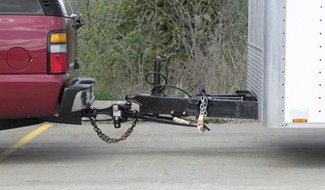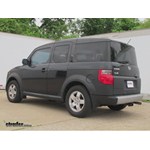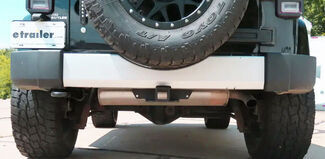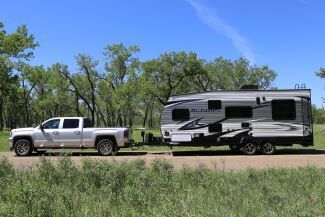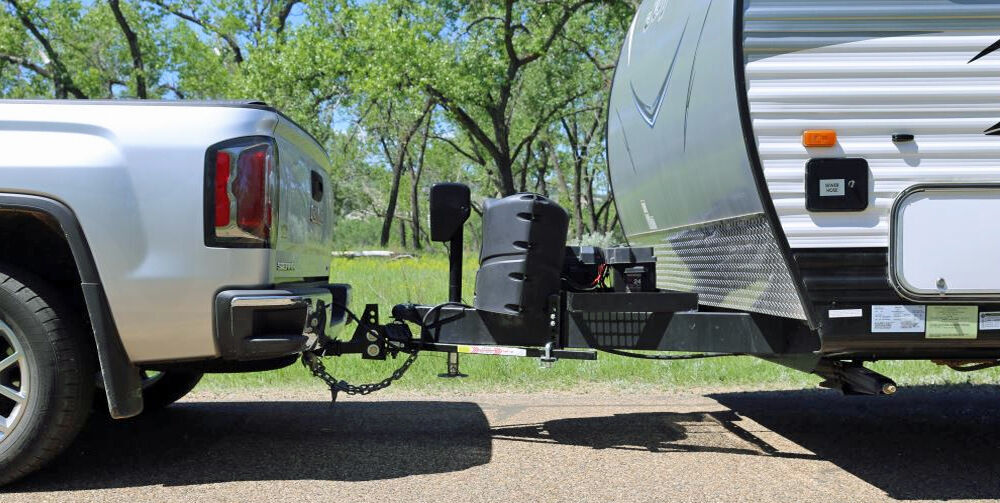
How to Hitch and Lock a Trailer
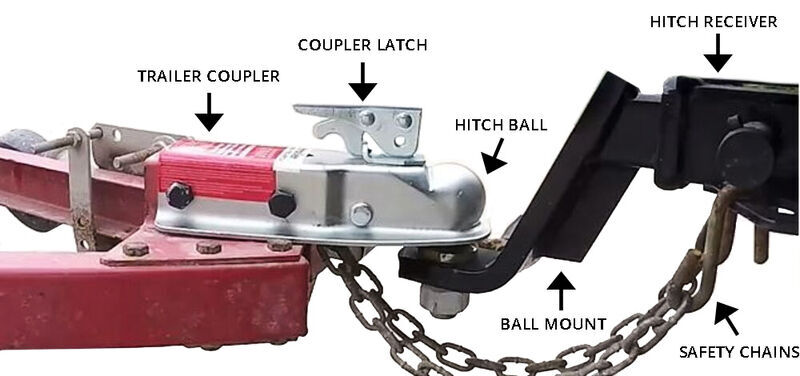
How to Hitch A Trailer to Your Vehicle
1. Jack Up Your Trailer

2. Back Up Your Vehicle


3. Lower the Trailer

4. Latch the Coupler


5. Fully Retract Jack

6. Add Safety Chains and Plug in Wiring

How to Lock a Trailer Hitch
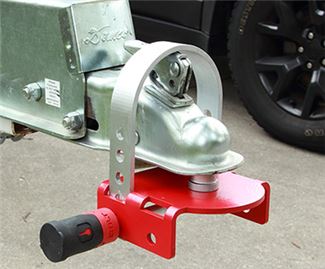
How to Unhook a Trailer from a Ball Hitch

Departments
Towing
- Trailer Hitch
- Fifth Wheel
- Gooseneck
- Towing a Vehicle
- Front Hitch
- RV Hitch
- ATV Hitch
- HD Truck Hitch
- Vehicle Wiring
- Brake Controller
- Ball Mounts
- Weight Distribution
Sports and Recreation
Trailer Parts
- Utility Trailer
- Boat Trailer
- Landscape Trailer
- Enclosed Trailer
- 5th/Camper Trailer
- Car Hauler
- Horse Trailer
Vehicle
Contact & Help



